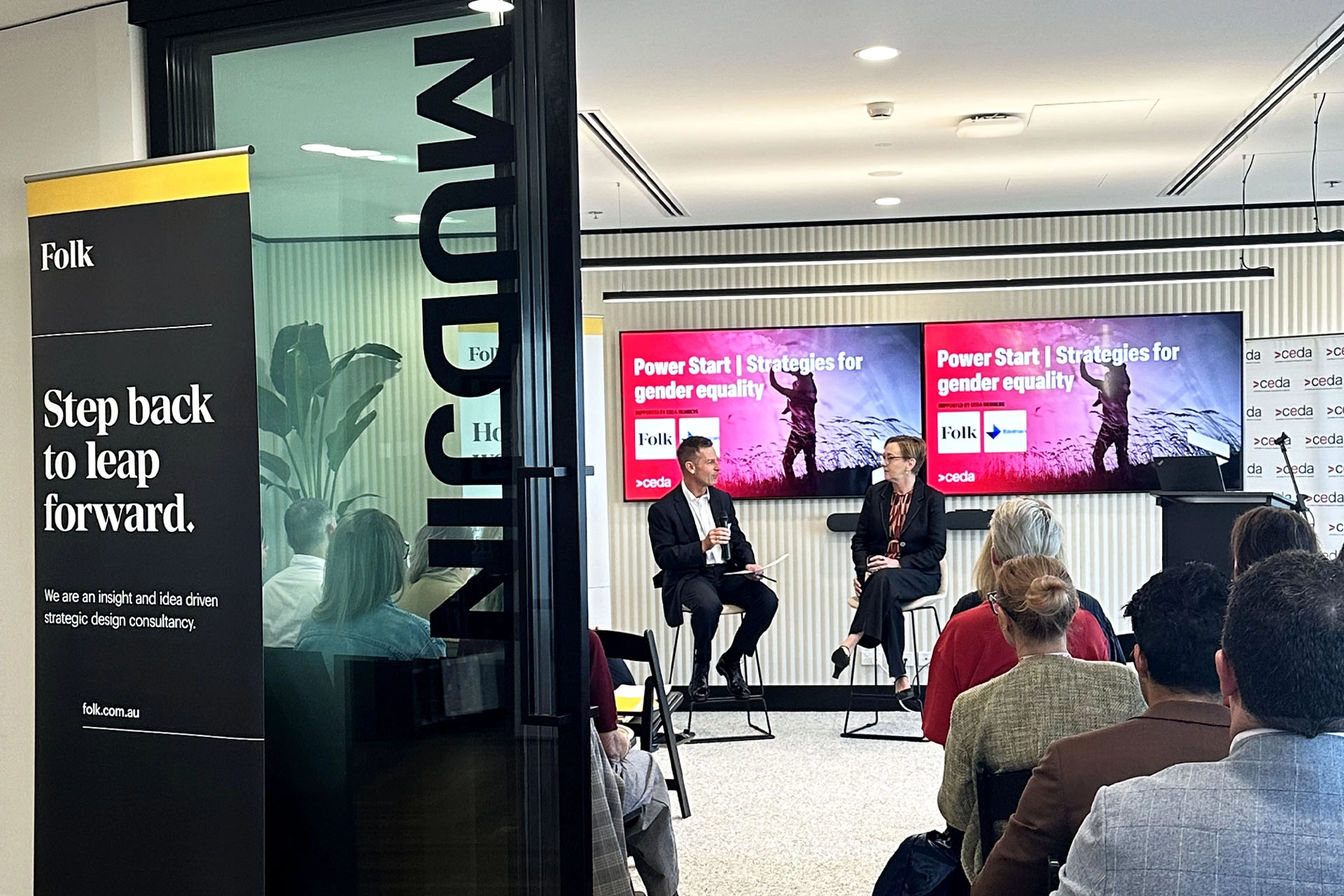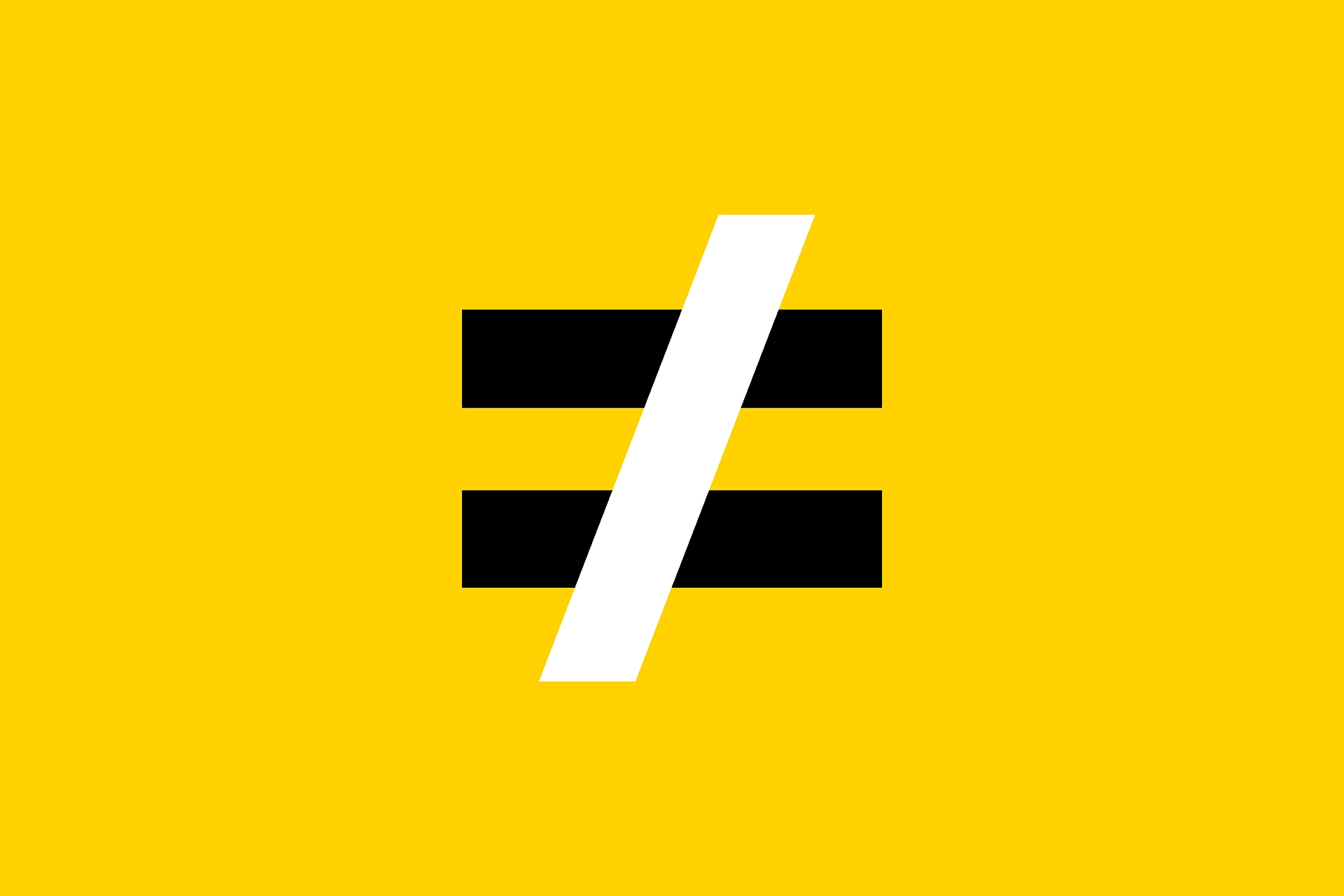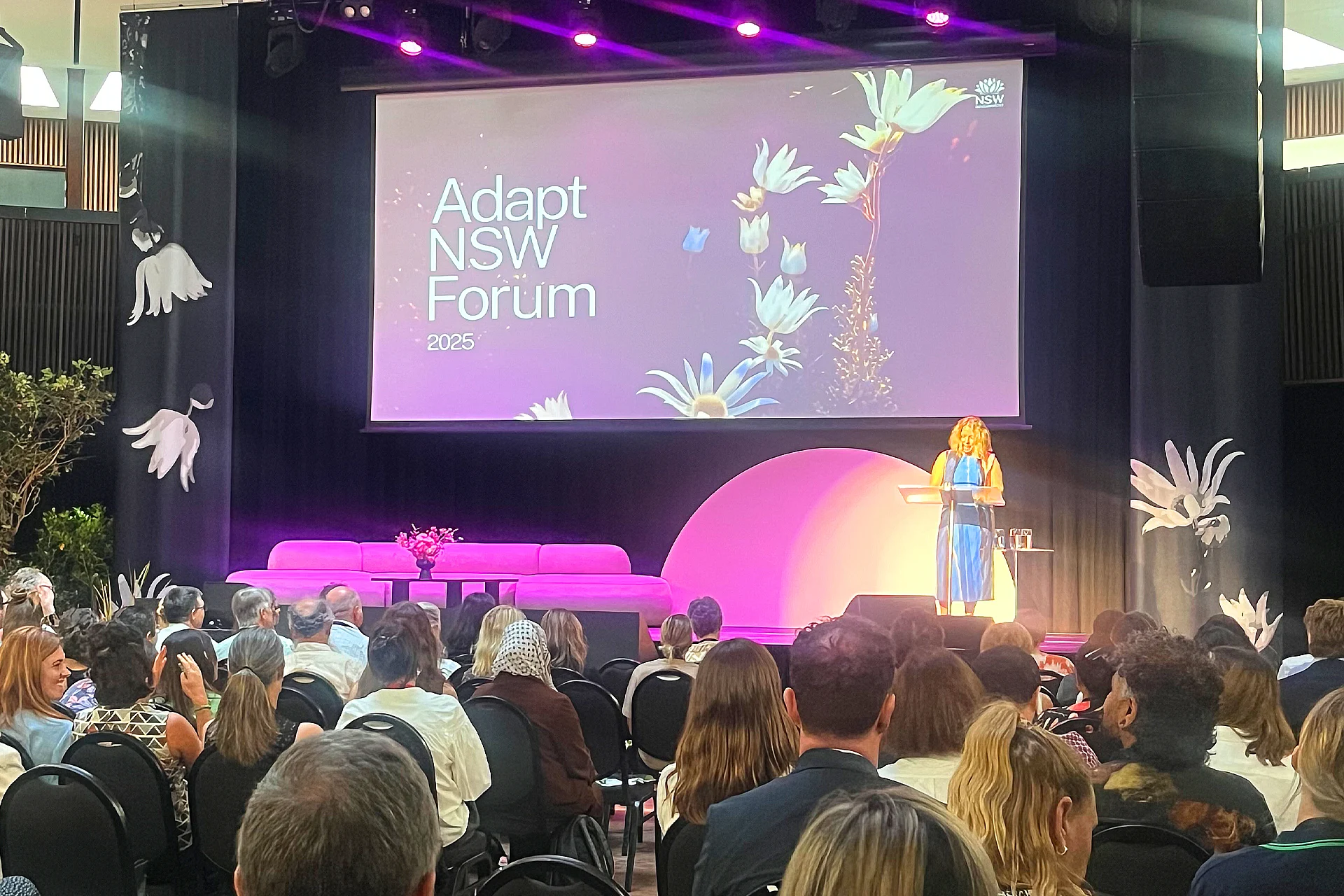Gender equity takes a seat at the breakfast table
Last Thursday, Folk kickstarted the day with a thought-provoking discussion on gender equity at a CEDA (Committee for Economic Development of Australia) event series that regularly brings together current and emerging business leaders, policymakers, and advocates to discuss critical economic and social issues affecting Australia.
CEDA has long been a hub for fostering informed, impactful discussions on the future of Australia's economy, and Thursday's event was no exception. This event focused on a pressing issue: the gender pay gap and strategies for gender equality in New South Wales, exploring how far we've come and the work ahead to make meaningful and lasting change.
As a proud CEDA sponsor, we were excited to play a part in the lively discussion sparked by the morning's key speaker, the Hon. Jodie Harrison — MP, NSW's Minister for Women, Minister for Seniors, and Minister for the Prevention of Domestic Violence and Sexual Assault.

Hon. Jodie Harrison MP: A Champion for Gender Equity
Hon. Jodie Harrison MP is a member of the New South Wales (NSW) Legislative Assembly, representing the electorate of Charlestown for the Australian Labor Party. Since her teen years as an active Salvation Army member, Harrison has advocated for gender equality, leading and supporting initiatives to improve protections for women against domestic violence and promoting accessible early childhood education. Her focus on economic empowerment, particularly creating job opportunities and enhancing women's support systems, has cemented her reputation as a pragmatic and compassionate policymaker who strives to make a tangible impact on social outcomes in NSW.
In her current portfolios, a key focus is addressing the gender pay gap in NSW, especially in driving change in the public sector, where she highlighted that disparities are still far too common.
According to the Workplace Gender Equality Agency, a gender pay gap measures how we value the contribution of men and women in the workforce. It shows the difference between the earnings of women and men. Harrison began by shedding light on the current state of gender inequality in NSW. Australian Bureau of Statistics (ABS) data released in May 2024 shows the national gender pay gap sits at 11.5%₁. However, the WGEA pay dataset calculates a median gender pay gap currently stands at 19%, with 50% of the private sector having a gender pay gap of 9.1%, and the average gender pay gap for the Commonwealth public sector is 13.5%₂.
Harrison emphasised how this wage gap impacts women's economic security, particularly in later life. According to ABS data for women over 55, the experience of homelessness has become increasingly widespread, growing by almost 40% between 2011 and 2021₃.
A Closer Look at the Gender Pay Gap in the NSW Public Sector
Within NSW's public sector—the largest employer in the state—there's been a widening gender pay gap. In 2023, the median gap reached 6.2%, its highest in over a decade₃.
Despite some progress in raising wages, particularly in traditionally female-dominated sectors like nursing, systemic barriers continue to limit women's advancement into higher-paying leadership roles.
The 2023 NSW Public Service Commission Workforce Profile Report underlines the concentration of women in lower-paying jobs, such as nursing and school support roles, where women make up over 80% of the workforce.
In 2023, the occupations with the highest number of female employees were:
- Nurses (86.7%)
- School Support Staff (83.7%)
- Social and Welfare Professionals (84.0%)
- School Teachers (77.8%)
- Clerical and Administrative Workers (75.4%)
Together, these occupations accounted for more than half of female employees in the sector (68.9%)₄.
Factors Driving the Gender Pay Gap
The Minister identified three primary factors that contribute to this gap:
- Gender Discrimination: Despite legal protections, women continue to face biases in pay and promotion.
- Caring Responsibilities: Women are more likely to take career breaks for childcare and elder care, which reduces their long-term earning potential.
- Gender Segregation: Female-dominated sectors like healthcare and education tend to be undervalued and underpaid compared to male-dominated industries.
NSW Government's initiatives and solutions
Recognising the complexity of these challenges, the NSW government has introduced several initiatives to close the gap across NSW.
Hon. Harrison highlighted key actions like:
- Pay Increases: Public sector workers, particularly in female-dominated industries such as Nursing, have already seen a 4.5% wage increase, with an additional 10.5% expected by 2025₅.
- Return-to-Work Programs: Initiatives such as fee-free apprenticeships and pathways for women re-entering the workforce are helping to create new opportunities, focusing on supporting First Nations women, older women, and those in regional areas.
- NSW's Future Women's Jobs Academy: Aiming to equip women with in-demand skills, this academy provides vital career development support₆.
- Transferrable Long Service Leave: Community sector workers, 80% of whom are women, can now retain their long service leave across employers, ensuring fair economic outcomes for workers throughout their careers₇.
- A NSW Taskforce for Workplace Harassment: Addressing workplace safety is crucial for gender equity, and the newly established taskforce has been established to ensure women feel safe and respected in their working environments.
The winding path forward
Harrison also celebrated a major milestone in NSW's push for gender equity: women now make up nearly half of the Legislative Council in the NSW Cabinet, and the numbers are growing in the Legislative Assembly₈. This shift in leadership not only reflects progress but also signals a broader cultural change. By having more women in decision-making roles, Harrison believes NSW is setting a powerful example for the private sector to follow.
Despite the steps forward, Harrison was clear: progress is not always linear, and there’s a lot of work to be done. The road to true gender equality in NSW remains long, but with continued effort and commitment from government and businesses, she is confident that we are moving toward a future where the gender pay gap is an outdated relic and society and the economy benefit from equitable workforce participation.
References:
- The Australian Bureau of Statistics data gender pay gap: https://www.wgea.gov.au/data-statistics/ABS-gender-pay-gap-data
- The Australian Bureau of Statistics Measuring what matters: Homelessness: https://www.abs.gov.au/statistics/measuring-what-matters/measuring-what-matters-themes-and-indicators/secure/homelessness
- Public Service Commission Machinery of Government changes to the Public Service Commission - Gender https://www.nsw.gov.au/media-releases/essential-services-pay-offer#:~:text=The%20NSW%20Labor%20Government%20has,offer%20to%20public%20sector%20workers
- NSW Public Service Commission Workforce Profile Report: https://www.psc.nsw.gov.au/reports-and-data/workforce-profile/workforce-profile-reports/workforce-profile-report-2023/gender
- NSW Government media release: NSW Government rebuilding essential services with pay offer that respects workers, gives certainty to families: https://www.nsw.gov.au/media-releases/essential-services-pay-offer#:~:text=The%20NSW%20Labor%20Government%20has,offer%20to%20public%20sector%20workers
- NSW Government’s Future Women Jobs Academy: https://www.nsw.gov.au/women-nsw/future-women-jobs-academy
- NSW Government media release: NSW Government passes historic long service reform for 250,000 community service workers https://www.nsw.gov.au/media-releases/nsw-government-passes-historic-long-service-reform-for-250000-community-service-workers
- Parliament of NSW: Women Members in the NSW Parliament: statistics https://www.parliament.nsw.gov.au/about/Pages/Women-Members-in-th





